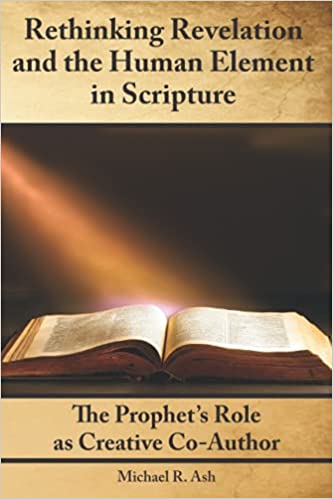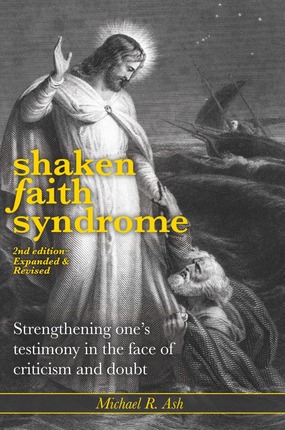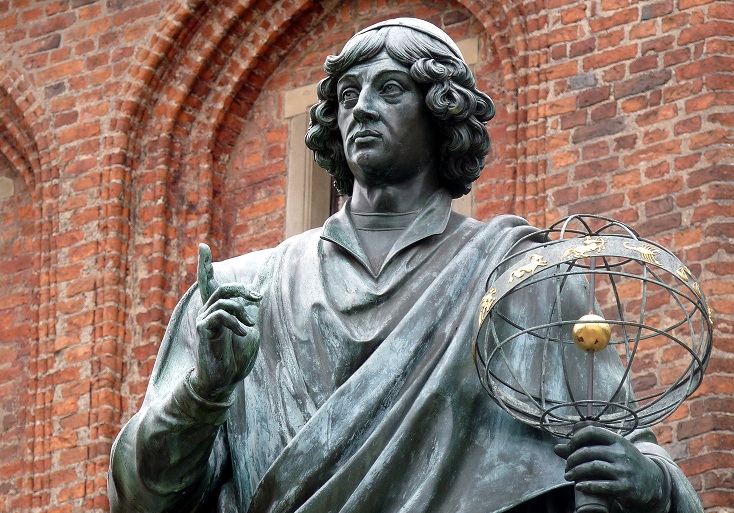 Can the Book of Mormon be the Word of God and inspired fiction? Did Joseph Smith’s cultural worldview influence the way he understood the relationship between New World people and the 10 Lost Tribes? How might have Joseph’s worldview influenced his understanding of both the Nephite Interpreters and his own seer stone? What did the Nephite Interpreters look like and how did they resemble “spectacles”? Did Joseph use a seer stone, Interpreters, or the Urim and Thummim to translate the Nephite records? Discussions on these issues begin (to a great degree) in Chapter 23 of my book, Rethinking Revelation and the Human Element in Scripture: A Prophet’s Role as Creative Co-Author.
Can the Book of Mormon be the Word of God and inspired fiction? Did Joseph Smith’s cultural worldview influence the way he understood the relationship between New World people and the 10 Lost Tribes? How might have Joseph’s worldview influenced his understanding of both the Nephite Interpreters and his own seer stone? What did the Nephite Interpreters look like and how did they resemble “spectacles”? Did Joseph use a seer stone, Interpreters, or the Urim and Thummim to translate the Nephite records? Discussions on these issues begin (to a great degree) in Chapter 23 of my book, Rethinking Revelation and the Human Element in Scripture: A Prophet’s Role as Creative Co-Author.
Chapter 23 is entitled, “‘Translating’ Restoration Scripture,” and is currently available as a FREE pdf file to download here (for a limited time). Meanwhile, my book, Rethinking Revelation, is available in print in the FAIR bookstore, or in print and Kindle format from Amazon. [Read more…] about FREE BOOK CHAPTER: “‘Translating’ Restoration Scripture”







